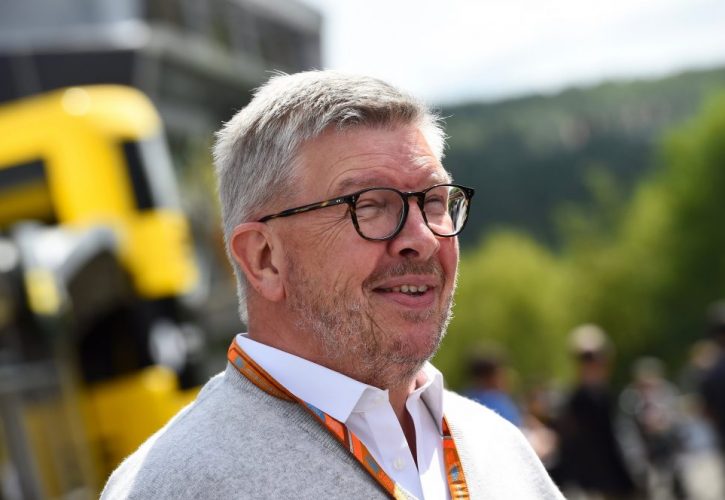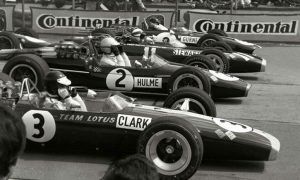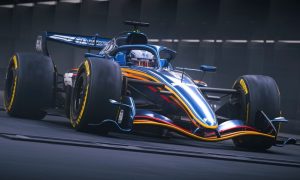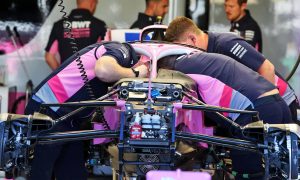
Ross Brawn says that he and his crack team of technical experts are making progress tackling Formula 1's problem of a lack of overtaking in races.
The sport's current high-downforce specifications make it difficult for cars to run close to each other. In turn, that makes passing on track almost impossible at tight, twisty circuits such as Albert Park, Melbourne.
In his capacity as director of motorsports, Brawn has been working on ways of overcoming the issue in the next iteration of Formula 1's technical rules due to be introduced in 2021.
“We need to keep the aerodynamic performance at a high level," Brawn told SiriusXM this week. "But we need to do it in a way that’s more benign and more friendly to the cars around it."
Currently, the disturbance caused by the leading car creates so much 'dirty air' that it upsets the aerodynamics of the chasing car. It means the pursuer can only close up so far before losing crucial performance.
"There’s almost a force field that exists at the moment," Brawn explained. "A bubble around each car.
"The car attacking it can’t get near it, because as soon as it gets within one and a half to two tenths of a second of the car in front. It loses so much performance, it can’t get near."
Brawn has formed a team to look into the problem. Members include former Williams F1 experts Pat Symonds and Jason Sommerville.
"We’re now six to nine months into it," Brawn said. "[It] is a programme to understand how we can enable these cars to race each other more effectively.
"I’m really excited by what I’m seeing," he added. “We’re trying to do it in a properly structured way, and that will be the solution we’ll apply for 2021.
“Already we’ve found ways of improving [the drop in performance] in reducing the disturbed flow from the car in front," he said. "And reducing the sensitivity of the following car to that disturbed flow.
“We’re looking at the whole thing," Brawn continued. "We’re looking at a total solution, a holistic solution, of all the parts.
"I don’t think we should get into chopping one piece of without understanding all the implications of the impact we will have."
Inevitably the front wing plays one of the biggest roles in terms of a Formula 1 car's aerodynamic performance.
"The front wing is for sure one area that is sensitive in both respects," agreed Brawn. "In terms the disturbance it creates, and then the sensitivity to the disturbance of the car in front.
“But it’s not the only area.
"There’s all the furniture and bargeboards you see behind the front wheels that are equally as sensitive. And there are areas of the rear floor and rear aerodynamics."
Although Brawn's project is focussed on 2021, he didn't rule out introducing some of the solutions that they come up with even earlier.
"Anything we can learn in the meantime, which we feel is safe and fair and correct to apply, will be done.”
Gallery: The beautiful wives and girlfriends of F1 drivers
Keep up to date with all the F1 news via Facebook and Twitter







